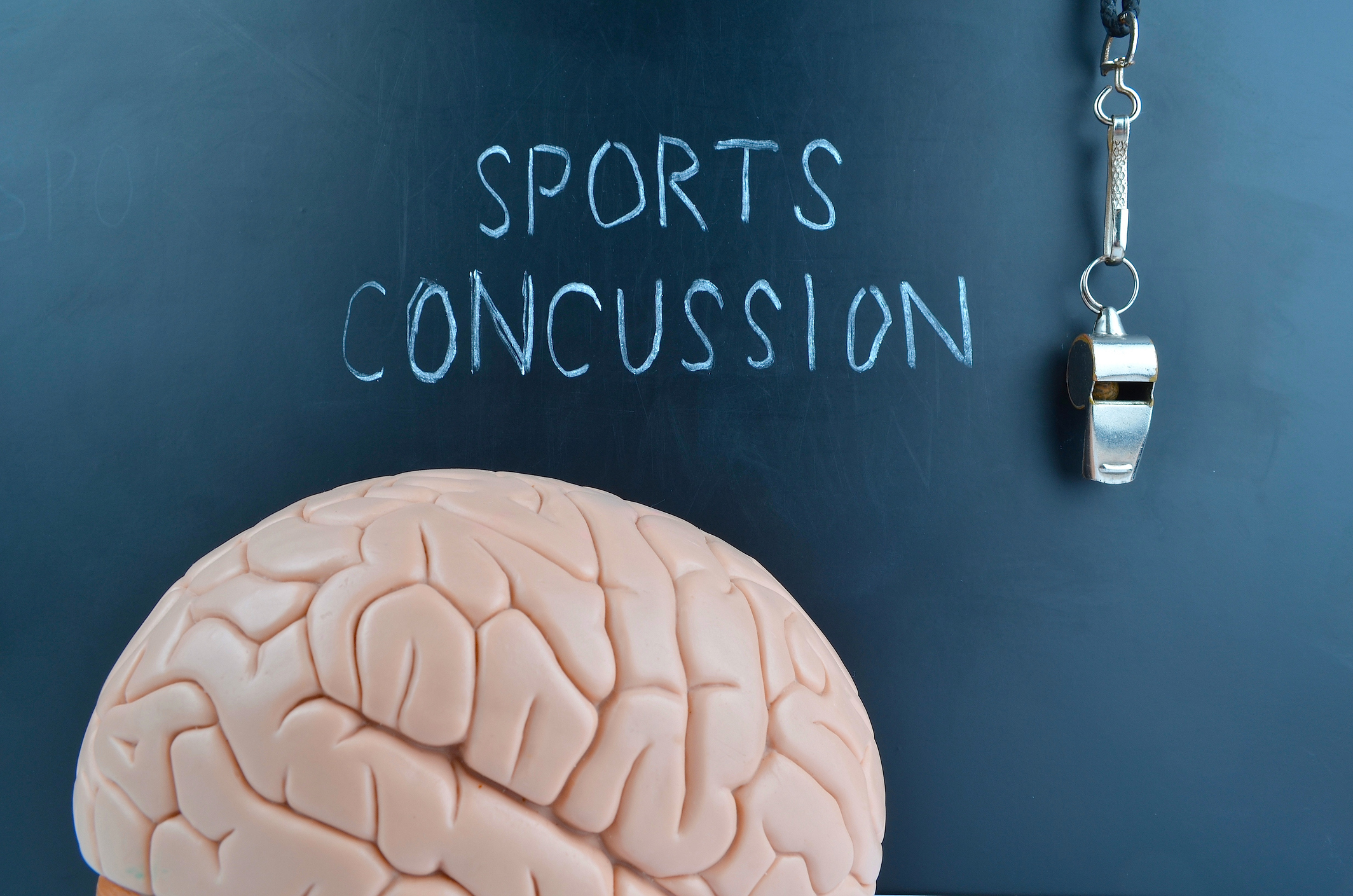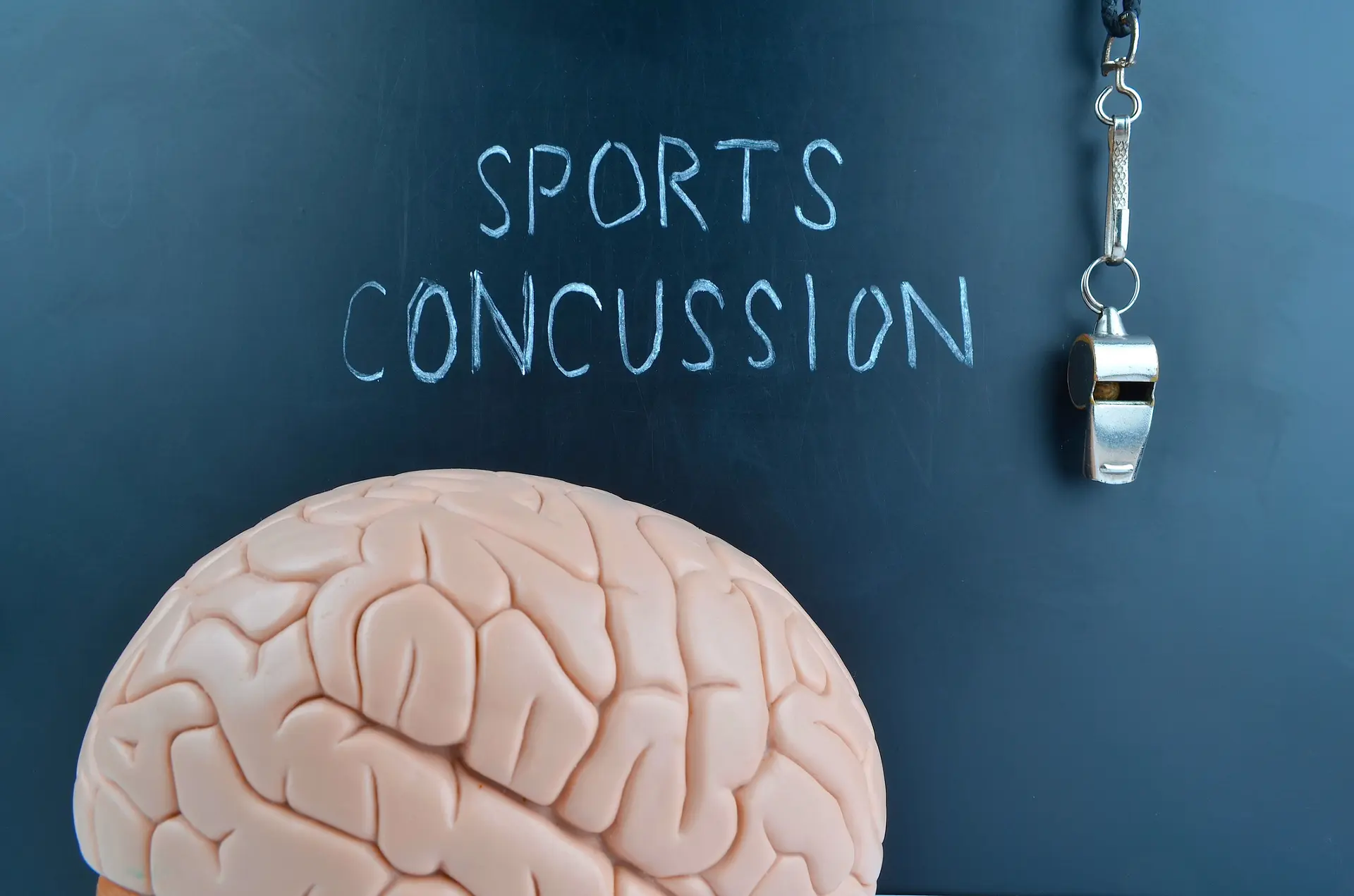Research was published on Chronic Traumatic Encephalopathy (CTE) examining brain disease among football players in the Journal of the American Medical Association, showing evidence of the direct correlation between concussions, CTE and athletes, particularly those playing contact sports.

What is a Concussion?
A concussion is defined as a complex pathophysiological process affecting the brain, induced by biomechanical forces. The cause for concussive head injuries includes direct blows to various parts of the body resulting in a force transferred to the head. This may cause a neuropathological change in a functional nature rather than a structural, therefore may be difficult to diagnose. In addition, concussions may also be asymptomatic and loss of consciousness is not always experienced.
What is Chronic Traumatic Encephalopathy (CTE)?
Chronic Traumatic Encephalopathy or CTE is a degenerative brain disorder caused by repeated trauma to the head, including concussions, with symptoms of dizziness, memory loss, confusion, dementia, movement disorders, etc. CTE is typically diagnosed post-mortem and is believed to be a result of repeated blows to the head causing gradual loss of normal brain matter and an irregular buildup of a tau protein, similar to what is seen in patients with Alzheimer's disease.
Who is susceptible to Concussions and CTE?
CTE is predominantly found among athletes who play contact sports such as football, rugby, ice hockey, boxing, etc. and who receive repeated concussions. Research in the Journal of the American Medical Association found 177 out of 202 football players examined had evidence of CTE. While it is not present in all football players, CTE reflects a high occurrence, as the sample used in this research, contained brain donors from the United States and Canada, and ages varied between 23 and 89. All showed troubling symptoms according to their families before passing away.
Is there Treatment?
As of now, CTE can only be diagnosed post-mortem and for this reason, there are no known treatments. Concussions, however, if managed properly, do not have to lead to devastating effects. The initial phase of treatment begins with physical and cognitive rest as the brain's vulnerability may lead to further injury. Depending on the severity and concussion history of the individual, treatment may include any of the following:
· Physical rest
· Cognitive rest
· Gradual return to activity
· Assessment
· Full medical clearance should be given before any return to play
· If symptoms are experienced, the individual would return to concussion treatment and await re-assessment
The recommencement of cognitive activity is identical to that of physical activity. Historically, patients were kept in a dark room for long periods, however, modern-day research demonstrates that gradual return to activity speeds up recovery.
What are the long-term effects?
It depends on the individual, which ranges from full recovery to devastating complications.
Post-Concussive Syndrome or PCS may occur over a number of days or even months following the initial injury. Typically, PCS symptoms are troublesome but not permanent. They may include: persistent headaches, dizziness, inability to concentrate, anxiety, depression and sleep disturbances. Similar to concussions, PCS is treated on a gradual basis focusing on the individual's psychological, physical and social well-being.
The greatest danger for athletes engaging in contact sports is repeated concussions, especially if the brain did not have enough recovery time. While recovering from an injury, the brain is especially weak and minor impacts can cause severe damage, such as the loss of autoregulation within the brain causing rapid swelling. Repeated concussions can also lead to CTE causing the brain to degenerate rapidly.
How can this be prevented?
Personal protective equipment, education and regulations are the best forms of prevention.
Personal protective equipment - helmets, mouth guards, face shields, visors or cages - is useful to lessen the strength of the impact and reduce the intensity of the injury but is not 100 per cent effective.
Should an accident happen, the best mitigation strategy is education. Most athletes do not understand the extent of their injury and subsequent consequences. This compiled with their eagerness to return to sport is a recipe for disaster. Educating athletes on the seriousness of concussions and CTE and the long-term consequences can help reduce instances of secondary injuries.
Rules and regulations are the building blocks to help prevent head blows causing severe injury.
What more can we do?
A strong cultural shift is essential to safeguard athletes from long-term de-habilitating brain injuries. Society allows and encourages participation in contact sports at a young age. The brain is not fully developed until 18-25 years of age. Although there have been advancements in recognising, diagnosing and treating concussions, more needs to be done.
Recommendations:
· Better coaching practices
· Improving player accountability
· Enhanced knowledge transfer for coaches, parents, players and health care providers
· Non-contact sports for minors
Expertise.
Share
Subscribe to our Newsletter

